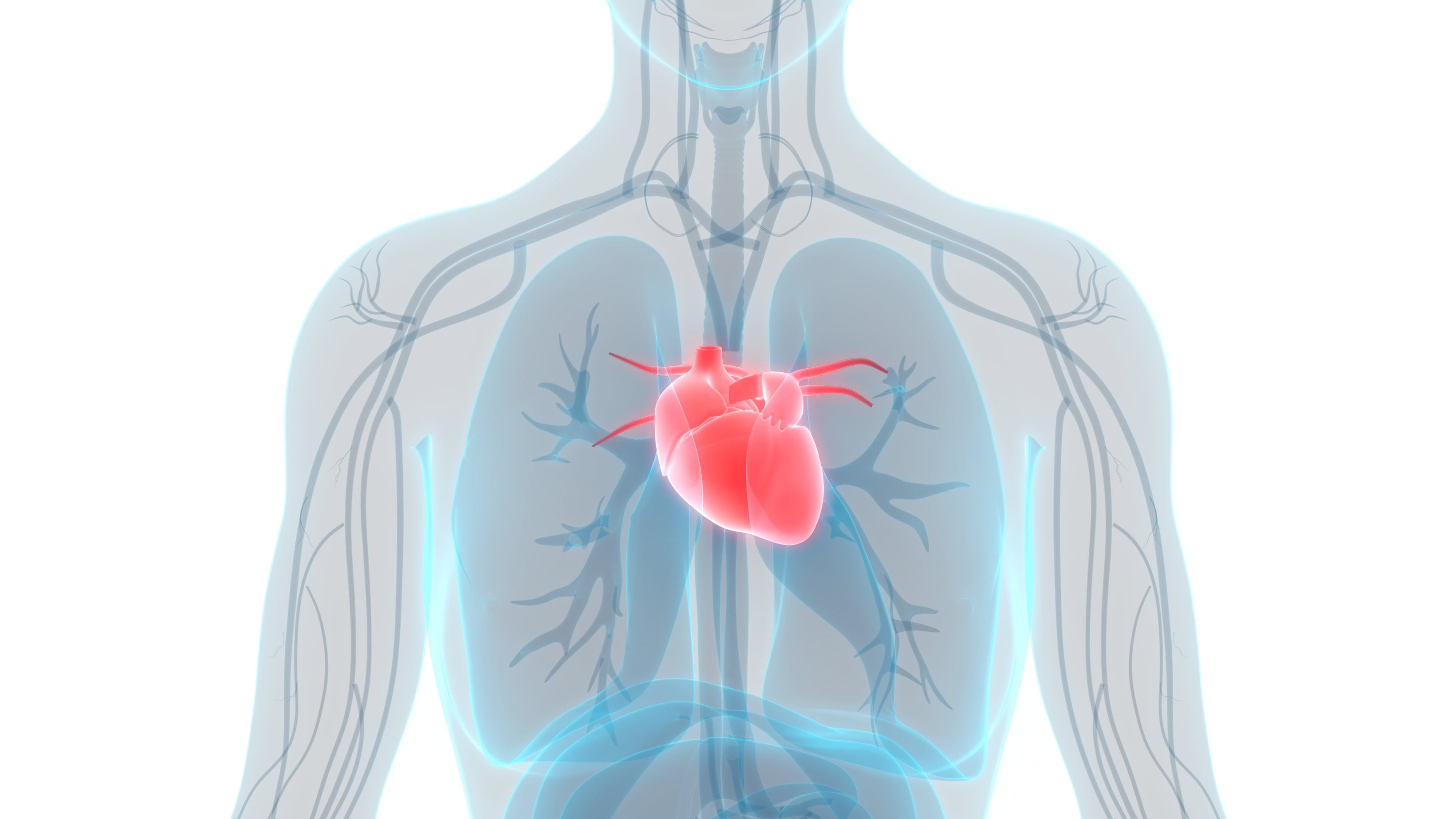teaser
Heart failure (HF) patients with left ventricular (LV) systolic dysfunction, prolonged QRS duration, and New York Heart Association (NYHA) class III or IV symptoms experience reductions in morbidity and mortality with cardiac resynchronisation therapy (CRT) when combined with optimal pharmacotherapy, US and Canadian scientists say.
Even with optimal pharmacotherapy, LV systolic dysfunction confers substantial morbidity and mortality, explain Dr Finlay McAlister, from the University of Alberta Hospital, Edmonton, Canada, and colleagues.
Noting that CRT was approved for use in selected patients with LV systolic dysfunction by the FDA in 2001, the team conducted a search of multiple electronic databases to examine the evidence base for the efficacy, effectiveness, and safety of the technique in such patients.
They also looked at references lists, proceedings booklets from meetings, and FDA reports, and contacted primary study authors and device manufacturers, identifying 14 randomised trials, involving 4,420 patients, for the efficacy review, 106 studies, involving 9,209 patients, for the effectiveness review, and 89 studies, involving 9,677 patients, for the review of safety outcomes.
The LV ejection fraction (LVEF) of the patients across all studies included was 21–30%, while the QRS duration was 155–209msec. Furthermore, 91% of participants had NYHA class III or IV symptoms, despite receiving optimal pharmacotherapy.

The analysis revealed that CRT improved LVEF at a weighted mean difference (WMD) of 3.0%. It also improved quality of life, at a WMD in Minnesota Living With HF Questionnaire of 8.0 points, and raised functional status, with 59% of CRT recipients having an improvement of ≥1 NYHA class.
Hospitalisations were also reduced by 37% among patients given CRT, while all-cause mortality fell by 22%. The success rate of implantation was 93.0%, with just 0.3% of patients dying during the procedure. The team also says that 6.6% of CRT devices had lead problems, and 5% malfunctioned, during a median follow-up of 11 months.
They conclude in the Journal of the American Medical Association: “CRT is an efficacious and cost-effective therapy for patients with NYHA class III or IV HF despite optimal medical management, an LVEF of 35% or less, sinus rhythm, and ventricular dyssynchrony (currently identified by prolonged QRS duration).”
The researchers add: “However, implantation of a CRT pacemaker can be technically challenging, and device malfunctions or lead problems are not infrequent. Even when lead placement is thought to be successful, CRT does not always restore mechanical synchrony.”
JAMA 2007;297:2502–14

